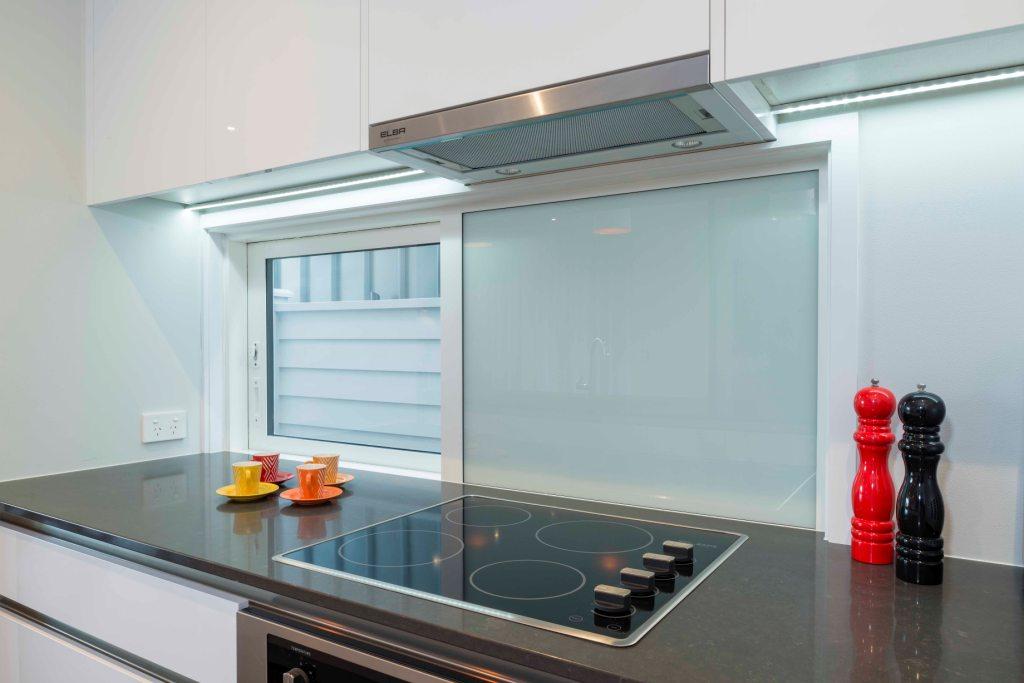Gardens, often considered sanctuaries of tranquility and beauty, can be vulnerable to various external threats ranging from curious critters to nosy neighbors. In the realm of horticulture, garden fencing emerges as a knight in shining armor, offering a plethora of benefits that extend beyond mere aesthetics. These protective barriers not only define the boundaries of your green haven but also serve as guardians against unwelcome intruders, both flora and fauna. One of the paramount advantages of garden fencing is its ability to safeguard plants and flowers from the voracious appetites of wandering wildlife. Rabbits, deer, and other critters can wreak havoc on carefully nurtured greenery, turning a once-lush garden into a battleground. The installation of sturdy fencing acts as a deterrent, preventing these creatures from nibbling on your prized blooms and greens. Moreover, it protects delicate plants from being trampled upon, ensuring the longevity of your carefully cultivated oasis.

Beyond pest control, garden fencing serves as a visual and spatial delineator, contributing to the overall aesthetics of your outdoor space. The right type of fencing can enhance the charm of your garden, complementing its design and creating a harmonious balance between form and function. Whether it is the rustic appeal of wooden picket fences or the contemporary allure of metal options, the choice of fencing material can elevate the visual appeal of your garden, transforming it into a picturesque retreat. In addition to its protective and aesthetic attributes, garden fencing provides a sense of privacy and security. It establishes clear boundaries, preventing prying eyes from intruding into your personal space. This privacy element is particularly crucial in urban settings, where neighboring properties are in close proximity. With the right fencing, you can enjoy your garden retreat without feeling exposed to the outside world, fostering a serene and intimate environment.
Now, let’s delve into the diverse types of garden fencing available. Wooden fencing, with its timeless charm, remains a popular choice, offering natural beauty and versatility. It can be stained or painted to match the overall theme of your garden, adding a touch of classic elegance. For those seeking durability and a modern aesthetic, metal fencing, such as wrought iron or aluminum, is an excellent option and click to read more here. These materials provide robust protection while allowing for creative designs and intricate patterns. Vinyl fencing, known for its low maintenance and longevity, is another contemporary choice gaining popularity. With a wide array of styles and colors, vinyl fencing seamlessly combines practicality with aesthetic appeal. Additionally, bamboo fencing appeals to eco-conscious gardeners, offering a sustainable and renewable option with a unique, tropical flair. In conclusion, the benefits and types of garden fencing are vast and varied, offering a tailored solution to suit every gardening need. From protecting your cherished plants to enhancing the visual allure of your green retreat, the right fencing can transform your garden into a secure, private, and visually stunning haven.



